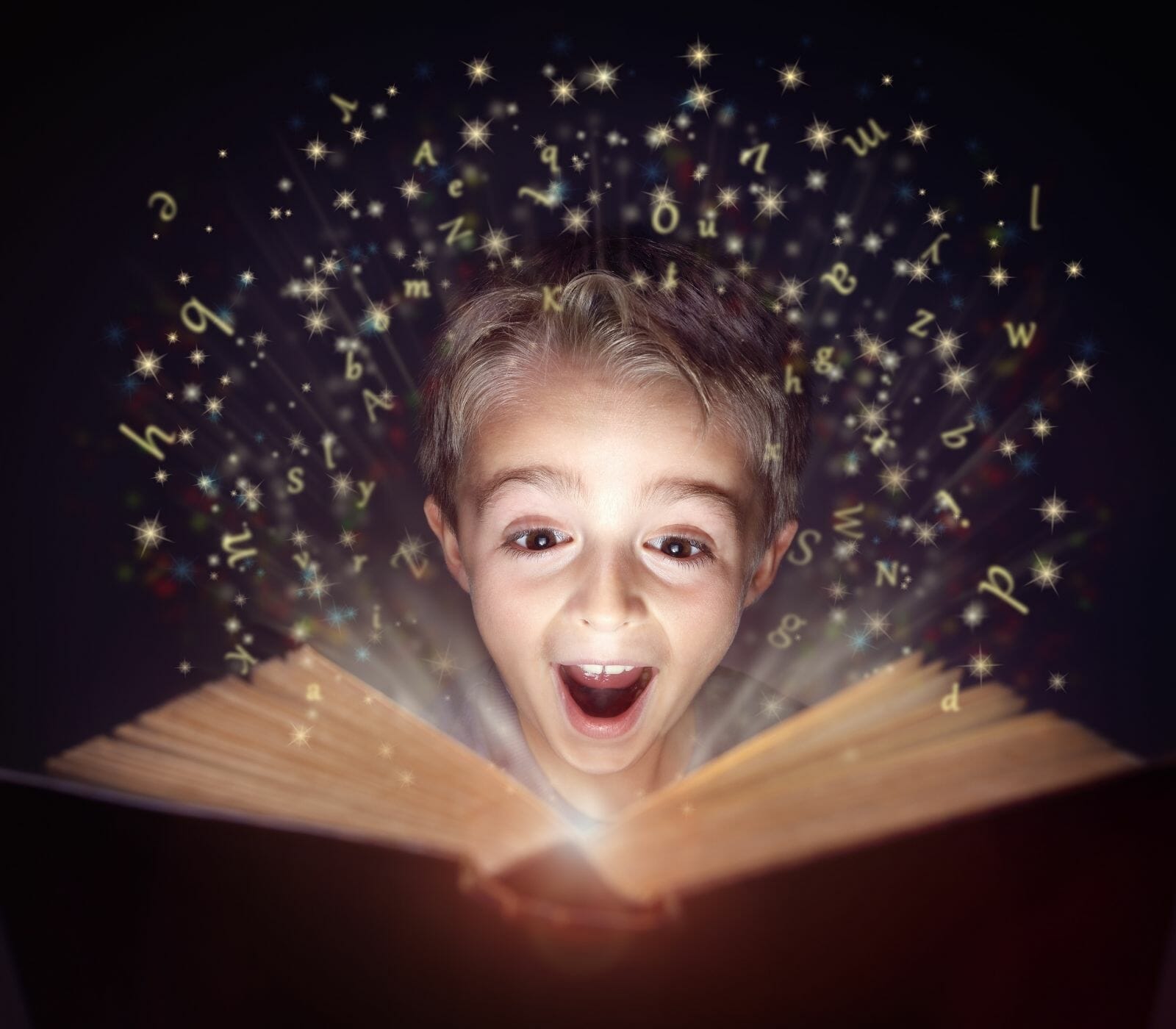Formatting and Editorial Genres for Children’s Books

Formatting and Editorial Genre for Children’s Books
Children’s Book has a peculiar editorial genre and formatting guidelines.
HOW MANY PAGES SHOULD THE CHILDREN’S BOOK HAVE?
Although it seems a straightforward question, the truth is that even authors who have published before having not noticed how many pages children’s books usually have.
Why Does it Happen?
Authors are generally concerned with the text, delegating the other tasks to the editor or illustrator. Therefore, it is essential that the illustrator has some notions of graphic processes and helps the author (and even the editor) in this decision.
Children’s books are usually 16, 24, or 32 pages long. Some have 48, some 8, but most have 16, 24, or 32 pages in general. What do these numbers have in common?
They Are All Multiples of 8.
The integrity of the creative process, and the type of paper, although they are not always things that the illustrator is concerned with, are essential for excellence. Not all publishers chose to publish in the best paper, and it is not rare a children’s book has a hardcover.
This is because high-quality paper is expensive. Making a hardcover book still requires manual labor. There is always a need to save somewhere.
But why am I saying all this? Because due to this process’s cost, the use of paper must also be maximized in production. For this reason, a children’s book must always have pages in multiples of 8, thus making what we call ‘notebooks’ (when the sheets are folded).
Even experienced editors sometimes forget that detail and plan to make the 30-page book, for example, and are surprised when a 32-page book gets even cheaper. This is because the waste of paper – which is discarded – ends up costing the printing company dearly.
And it makes the customer (publisher or author) pay for it.
It also sometimes happens that a more significant format book is cheaper than a smaller one.
In conclusion, when planning a children’s book, always think about the number of pages multiple of 8. And when defining the size, try to talk to the printer and find out if a few millimeters more or less can impact the price.
Guide to Editorial Genres for Children’s Books
When illustrating or publishing a children’s book, choosing the editorial genre is planning the project. It is content, but the format, the illustrations, the number of pages, the typography – all are aspects that define the type of book we want to publish.
The primary variable is the editorial aspect. It includes the content and technical issues related to the object itself, the book’s form, the cover, the design, etc.
They may seem like subtleties, but for the publishing market, they are fundamental questions.
Books for Babies or Early Childhood
Baby Books are publications, in general, of smaller format to facilitate the manipulation by small hands and with little motricity. They usually have cardboard pages or very thick paper, which are more resistant (as they are often bitten or brought to the mouth) and which allow them to be used without problems.
Educational Collections
These are publications other than textbooks. Readings are given in literature classes and are generally recommended by the teacher. Authored by contemporary writers, these educational books often do not have colorful illustrations inside. They are labeled according to the different age brackets.
Book-Album
Albums are luxurious copies, with hardcover and larger size. Illustration predominates in them because their narration is strongly supported by images.
Commercial Fiction
This format may be similar to that of schoolchildren, but they do not have editorial indications about age. They are short novels, often in the structure of a book series, so that children can become fans and continue consuming.
Youth Novels
They are more commercial because they do not circulate at school. This type of book already attracts spontaneous purchases in the bookstore. They must have covers and images that draw readers directly, without intermediaries.
Comics
it is, perhaps, the fastest growing market within the publishing genres. They are classic and contemporary publications of varied themes with the full support of the illustration.
Non-educational Fiction
It is not necessarily related to school content. They are not thought or elaborated from the curriculum or narratives. These are books that appeal to children’s curiosity and interest in technology, philosophy, history, etc.
Activity Books
They are not narrative publications and can be classified as non-fiction books. Their focus is on promoting various activities, recipes, drawing classes, and may contain stickers. In them, the work of the image contributes a lot to highlight the content.
Fiction Books with a Non-Fiction Appearance
These ones include made-up information but in an informative sense. Both from the point of view of the image and design and the content, they have a fictional impact. These types of books open the door to play with different genres.




